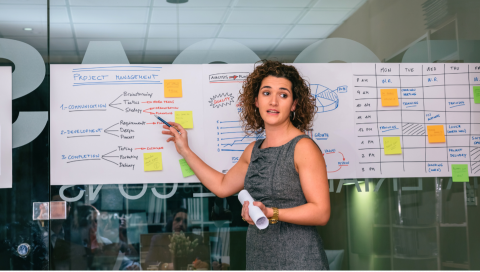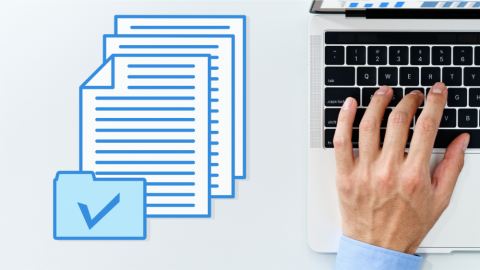One of the first things a webdev team must do for an effective new site build is to design a fully integrated production process. This requires viewing the larger overall strategy of the client and their digital presence, as well as all the elements thereof.
Make It Fit – Understand how the business interacts with customers via other channels, including social media, offline, or any other mode the business provides. This will help establish interrelationships, which can help determine priorities in both navigational hierarchies and production processes.
No Silos – It may not be entirely possible, but the first idea is to keep people out of “silos,” making sure they are always working together at each stage of the process. This ensures that all points of view will be represented on behalf of stakeholders at any point of usage.
Emphasize the Brand – Bring in the appropriate team members to vet proper use of corporate identity, colors, graphics and other branding elements. This will ensure brand recognition and continuity across the client’s digital footprint, using the website as its hub. One potential spot for branding to go sideways is when too many people with too little training in both branding and Content Management System (CMS) usage have access to content editing. Yes, it’s far easier these days to use a CMS for content additions, but that also makes it easier for those without an understanding of the importance of brand consistency to stray from implementation guidelines.
Bring the Easy – One of the beauties of today’s CMSes is their ability to create, catalog and maintain reusable code components (often called “widgets”). These code snippets can be employed over and over in a design, both reinforcing proper user interaction and making it faster and easier to build more customized parts of the site.
Keep It Virtual – Even before COVID, people wanted more convenience, the ability to do as much as possible online. There’s always been a level of social anxiety for people about interacting with others they don’t know. Post-COVID, it’s now a ruling consideration. Give thought to how the site can offer users whatever they need virtually, as much as possible. How many touch-points can you make virtual, rather than forcing them to deal in person or via telephone? This is also a time-saving issue for many users whose schedules may limit their ability to interact non-virtually.
Iterate and Optimize – Having evolved out of established production methodologies such as JIT and ISO, today there are seven basic webdev process approaches:
- Iterative: This webdev approach is based on a cyclic process of prototyping > testing > analyzing. It focuses on metrics and data, allowing designers to learn from changing market needs to deliver a successful project. More of an ongoing process than a “one-and-done” approach.
- Agile: An iterative approach requiring less planning than traditional site dev projects. Its short development cycle makes it flexible and easily adaptable. Agile methodology focuses on recommendations and user feedback, which ensures delivery of a high-quality project.
- Scrum: A type of agile methodology, the built-for-speed Scrum process does away with documentation and specifications, dividing the development process into “sprints.” This gives the dev team more freedom to decide how to deliver the final product, with minimum input from the team manager.
- Waterfall: Far more rigid than Scrum, the Waterfall method is a set of clearly defined process stages, which developers must perform in sequence. Because the project’s objectives are set from the beginning, webdev pros can easily estimate costs and set deadlines. Lends itself better to larger projects with sprawling requirements.
- Lean: Good for smaller projects that require closely shepherded resources, this methodology eliminates waste (which is anything that doesn’t add value for the client). Employing short development cycles, early testing and frequent client feedback, Lean targets fast delivery and emphasizes a cooperative work process.
- Kanban: Initially implemented as a manufacturing method by Toyota in the 1960s, Kanban is based on the 6 practices of visualizing, limiting the amount of work in progress, managing flow, making policies explicit, providing feedback loops and always improving and evolving. Based on workflow visualization, this methodology gooses efficiency by having no strict roles within a work group. Kanban also doesn’t corral work into sprints.
- Extreme Programming: This careful methodology is characterized by continuous testing and planning, customer input and smaller, gradual releases.










